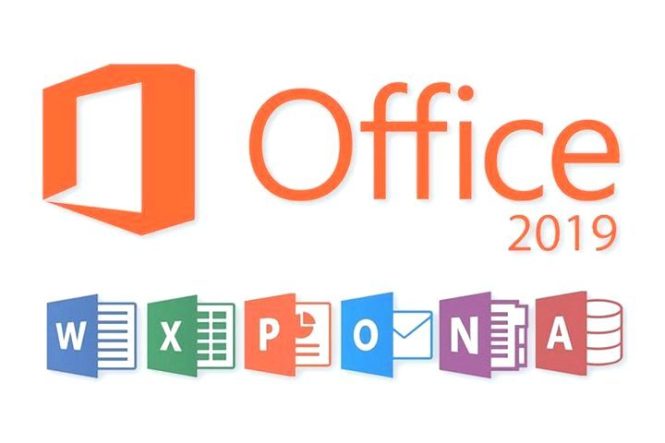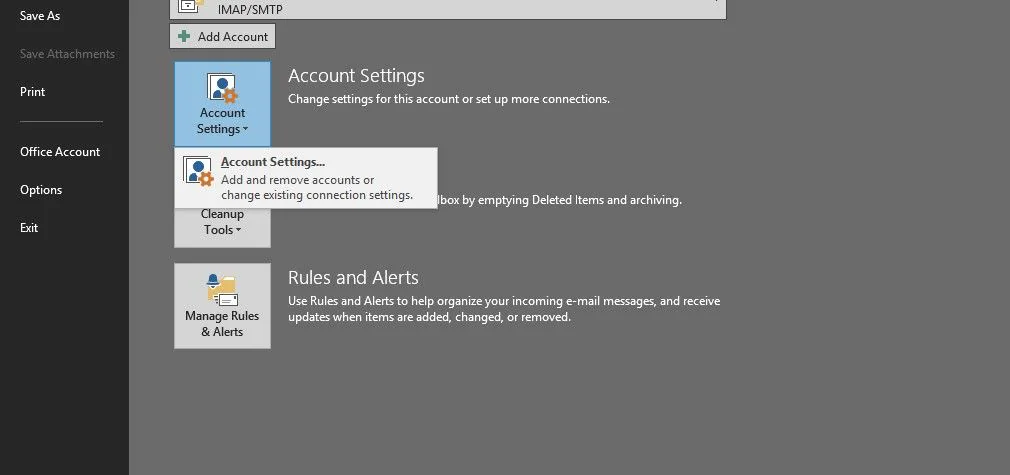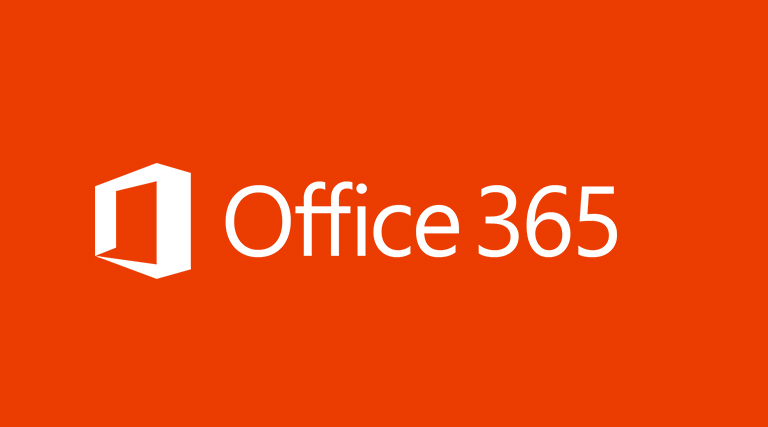1. Using Other Outlook Template Types
Email messages are not the only Outlook 2010 item that you can create from a template. In fact, you can create a template for any type of Outlook 2010 item.
1.1. Appointments and Meetings
You might find it useful to create templates for setting up certain types of appointments and meetings. If you prefer to use a set of appointment properties that differ from the Outlook 2010 default properties, you can use a template that contains your preferred settings and then create each new appointment or meeting from that template. For example, if you have regular meetings with the same group of people, you can set up a template in which those individuals are already selected on the Scheduling page so that you don’t have to assemble the list each time you schedule a meeting. Perhaps you prefer to have Outlook 2010 issue a reminder an hour before each appointment rather than the default of 15 minutes.
You can create templates for appointments and meetings the same way you create email templates. Open a new appointment form or meeting request, and then fill in all the data that will be standard each time you use the template. Then click File, Save As, and save the file as an Outlook Template.
1.2. Contacts
In your Contacts folder, you’re likely to add contact entries for people who work in or belong to the same organization, business, department, or other entity. These contacts might share the same company name, address, or primary phone number. In such a case, why not create a template to save yourself the trouble of entering the information for each contact entry separately (and potentially getting it wrong)? Or, for example, you might use the same conferencing Uniform Resource Locator (URL) for all your online meetings hosted by Microsoft Office Live Meeting. Why not create a template that specifies the URL, eliminating the chore of setting it each time you create a new contact?
As with other templates, you create a contact template by opening a new contact form and filling in the standard data. Then click File, Save As, and save the contact as an Outlook Template.
Tip:
INSIDE OUT Create contacts from the same company
You can create contact entries that share common company information by selecting a contact item and clicking New Items, Contact From Same Company. However, this might not give you the results you need in all cases. For example, the Contact From Same Company command uses the same address, company name, main business phone number, business fax number, and web page address for the new contact as for the selected one. If you also want to use the same directory server, categories, notes, or other properties for the new contacts, it’s best to create a contact entry, save it as a template, and then create other contact entries from the template.
1.3. Tasks and Task Requests
If you perform the same task frequently, you can create a basic task as a template and then modify it as needed for each occurrence of the task. You also can create a task template with a specific set of properties and then use it to create various tasks. For example, you could create all your tasks with the status specified as In Progress rather than the default Not Started; or perhaps you need to create many tasks with the same set of categories assigned to them.
In addition to creating task items from templates, you might also want to use templates to create task requests. A task request template is handy if you manage a group of people to whom you need to assign similar or identical tasks. Set up a template that incorporates the common elements, and then create each task request from the template, filling in or modifying the unique elements and addressing the request to the specific person assigned to the task.
You use the same methods described earlier for email templates to create and open templates for tasks and task requests.
1.4. Journal Entries
You can use the Outlook 2010 journal to keep track of activities such as phone calls, remote sessions, or other actions that you want to record. Why use journal templates? Any time you find yourself adding a manual journal entry for the same type of activity with the same or similar properties, consider creating a template for the action. Perhaps you frequently record journal entries for phone calls to a particular individual, account, or company that contain the same phone number or company name or log the same duration. Rather than creating a journal entry from scratch each time, create a template and use the template instead.
2. Editing Templates
Outlook 2010 stores templates as .oft files when you save them to disk. You can modify any template to make changes as needed.
To modify a template, follow these steps:
-
Select the template, and then click Open.
Note:
To find templates that you’ve created so that you can edit them, choose User Templates In File System from the Look In drop-down list in the Choose Form dialog box, and then browse to the folder where you saved the template.
3. Sharing Templates
In some situations, you might find it useful to share templates with other users. For example, assume that you’re responsible for managing several people who all submit the same type of report to you on a regular basis through email. In that situation, you might create an email template with the appropriate boilerplate information and your address in the To box and then have the staff use that template to generate the reports. This ensures that everyone is providing comparable information. In addition, whenever you need a different set of data from these employees, you need only modify the template or create a new one from it.
The easiest way to find the location where Outlook 2010 stores your templates is to save a template, or at least go through the motions of saving it. Open a form, click File, Save As, and then select Outlook Templates. Outlook 2010 displays the path to the folder.
Why do you need to know where Outlook 2010 stores your templates? To share a template, you need to share the template file. This means placing the template in a shared network folder, sharing your template folder, or sending the template file to other users (the least desirable option). For any of these options, you need to know the location of the template file that you want to share. After you locate the file, you can share the folder that contains it, copy the template to a network share, or forward it to other users as an attachment.
Tip:
INSIDE OUT Share a template using a network share
Probably the best option for sharing a template is to create a network share and place the template in that share. Configure permissions for the share so that you have full control and other users have read-only access to the folder. This allows you to make changes to the template while allowing others to use but not modify it. If other users need to create and manage templates in the same folder, give all users the permissions necessary to create and modify files in the folder and then use file-level NTFS file system permissions for individual template files to control which users can modify them.
4. Using Templates Effectively
The ability to use templates for Outlook 2010 email, meetings, appointments, tasks, and even journal entries provides you with the means to implement shortcuts in creating new items. Consider how much of your work involves repeatedly sending out email messages, meeting requests, and so on that are essentially the same information structure even though the details differ from day to day. Here are some guidelines to using templates:
-
Look at items you use repeatedly and create templates for them. Imagine if every time you found yourself creating meetings, tasks, or email messages that contained common, repeated elements, instead of simply creating yet another individual meeting invitation (with your latest agenda and required materials), you created a template with only the common elements (meeting topic, agenda list, required materials, and meeting goals). Within a short time, you would have a catalog of templates available that corresponded to your specific Outlook 2010 items. Then when you needed to schedule such a meeting, you could use the template to shortcut the process of producing the meeting request. Examples of this could include the following:
-
Meeting templates for team meetings, general department meetings, budget meetings, and project meetings (a different one for each project)
-
Email templates for regular team notices (work schedules, weekly meetings, team building, and so on), submitting travel or expense reports, project-related updates (a different one for each project), responding to information requests, and client/customer communications (a different one for each client)
-
Appointment templates for phone conferences, job interviews, client interviews, and offsite sales presentations
-
Task templates for weekly reports, weekly and monthly to-do lists, project tasks (a different template for each project), and quarterly and annual reports
Your own uses of templates will exceed and differ from those in the preceding list, and yet you can see how the use of templates can speed up many Outlook 2010 operations that you perform repeatedly.
-
-
Share your templates with others in your organization. Each organization has many people who perform similar (if not the same) activities, tasks, and operations. Thus, it is likely that templates that you create to facilitate your own work will also be useful to your coworkers. Every team in your organization, for example, has (at least structurally) similar weekly/monthly status reports, and many employees have the same annual/semiannual review reporting requirements. As you create templates to ease your workflow, assess and identify the other people or groups within your organization that could benefit from each template (or a closely related derivation).
-
Store templates where they are easily accessible. After you have created templates that are useful to other people in your organization, you need to store the templates in a location that is accessible to everyone who could use them. The default location for templates on your system is not the best place to share them from because your system might not be online at all times that others need access to the templates. You also might have templates in the default folder that you don’t actually want to share.
It is more useful to create a folder on a commonly accessible file server or Distributed File System (DFS) share and copy all the templates that you want to share to this location. On this file share, you can set sharing permissions to allow other users appropriate permissions. For example, if any other users should be able to add or modify templates, you can grant Change permission to the Everyone group (or the Domain Users group); however, if no one should be able to modify or add templates, you can set share permissions to Read. You can also use NTFS file system permissions to further control access and the ability to add, modify, or delete the templates on a per-template basis. Once the share has been created, the templates have been uploaded, and the appropriate share-level and file-level permissions have been applied, you should send email messages to the relevant groups and users to inform them of the template location, access, and restrictions.



